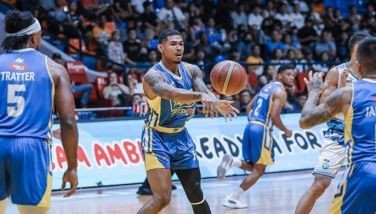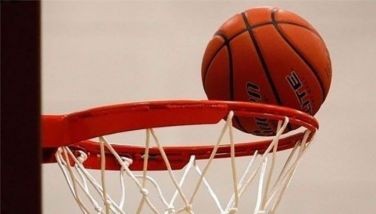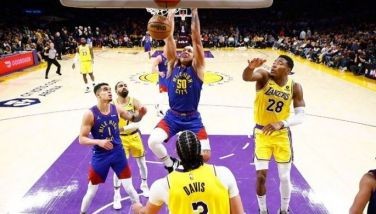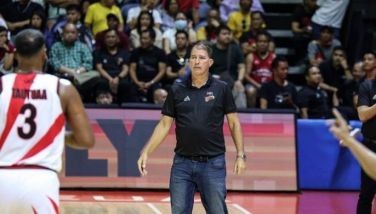Innovative basketball rules
The game of basketball has gone through several changes in the last century, making it the global fan favorite it is today. Here are some interesting rules that saw play in the Philippines and the US.
The shot clock. The rule that changed it all. Prior to the Depression era, coaches would curiously instruct players to pass the ball around at least 35 times before attempting a shot. That shot was usually a long two-handed set shot or a running two-handed shovel lay-up. Fast forward (pun intended) to the 1954-55 NBA season. After a series of boring games where teams froze the ball, Syracuse Nationals owner Danny Biasone calculated that 24 seconds would be an ideal limit to take a shot, based on 48 minutes divided by the average of 120 shots taken per game in the NBA. This one rule saved basketball, revving it up for fans’ enjoyment since then.
The three-point shot. When you think about it, it’s actually harder to get closer to the basket. The defense is waiting, often to knock you down for daring to invade their space. Originally used in single-game US collegiate exhibitions in 1945 and again in 1958, purists considered it an anomaly. A few years later, Harlem Globetrotters founder Abe Saperstein used it in the short-lived American Basketball League. But the shot really got attention when it was fully exploited by the American Basketball Association (ABA) starting in 1967, along with the slam dunk, fastbreak and their trademark red, white and blue basketball. After initially scoffing at the move, the NBA adopted the three in 1979. It is now considered the great equalizer. The Philippine team used it effectively in beating the US in the Jones Cup in 1981.
The free three. To make Metropolitan Basketball Association (MBA) games more exciting, the league added an option to free throw shooters. One could take the standard two free throws, or elect to take an open three-point shot. The player stood at the apex of the three-point line, while the rest of the players lined up were spread further outward. This gave trailing teams a better chance to catch up, and challenged leading teams not to relax until the final buzzer.
The penalty box. From 2004 to 2010, the Philippine Basketball League implemented a “cool-off” period for players who committed flagrant fouls. Similar to the penalty box in ice hockey, the offending player would be made to sit out a predetermined number of minutes on the game clock, depending on the level of the transgression. Since players hated missing action, they became more judicious about committing fouls.
Video review. The PBL also pioneered the use of video review for correctible errors during games, such as goal-tending calls, contested three-point shots, flagrant fouls, expiration of the shot clock after an attempt, and the like. This greatly decreased the number of complaints about officiating.
“All television cameras were patched into a computer that recorded all angles,” explains former PBL commissioner Chino Trinidad. “Referees who are not assigned to officiate on a given day are the ones manning our Video Assist Team.”
The NBA eventually allowed a “coaches challenge” using video on a trial basis beginning in 2019.
- Latest
- Trending































